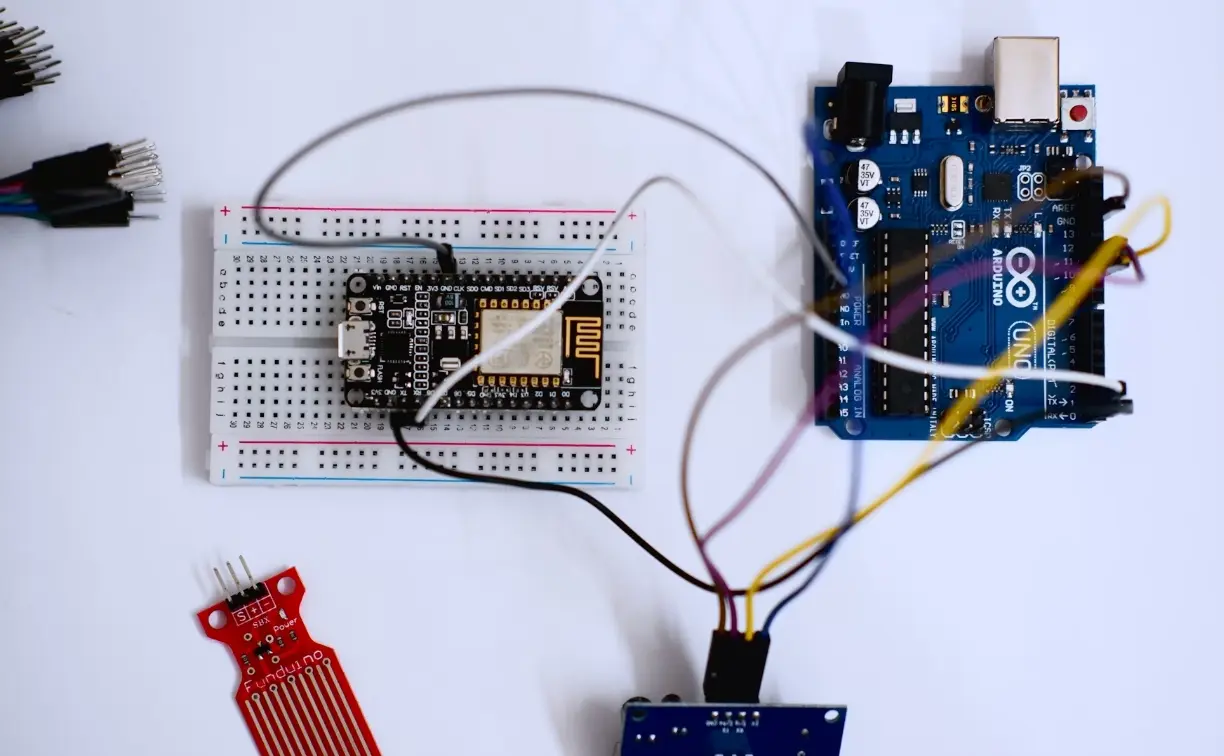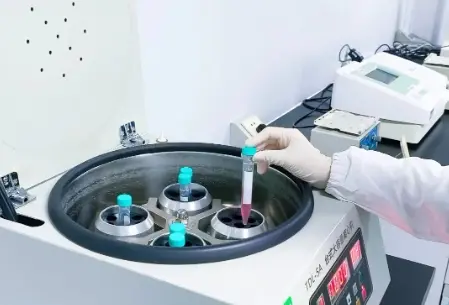
What is CE-LVD Certification?
CE-lvd certification details
1. Introduction to CE-LVD Certification
LVD Low Voltage Directive (LowVoltage Directive 2006/95/EEC) is a directive on the coordination of member states' regulations on electrical equipment within a specific voltage (low voltage) range.
2. CE-LVD Certification Mark

3. Product Range
The Low Voltage Directive applies to all electrical equipment used in the range of 50V to 1000V AC and 75V to 1500V DC. This voltage range refers to the input or output voltage of the equipment, and does not involve the voltage that may appear inside the equipment.
IV. CE-LVD Certification Standards
product | Safety Standards | |
power supply | Information Technology ITE / Audio and Video AV Power Supply | EN 62368-1 |
Lighting power supply | EN 61347-1 | |
Home appliance power supply | EN 60335-1 | |
Medical Power Supply | EN 60601-1 | |
Industrial power supplies (electronic transformers) | EN 61558-1 | |
End products | Information technology ITE/audio and video AV products | EN 62368-1 |
Lighting products | EN 60598-1 | |
Home appliances | EN 60335-1 | |
Medical Products | EN 60601-1 | |
Industrial (transformer) products | EN 51558-1 | |
Power tools products | EN 60745-1 | |
Battery | Consumer Batteries | EN 62133 |
Power battery | EN 62660-1 | |
Electric Vehicles | Electric bicycles and personal electric vehicles | EN 15194 |
V. CE-LVD Certification Test items
Power Test | Temperature rise test |
Needle flame test | Ball pressure test |
Leakage current test | Motor stall test |
Overload test | Working voltage test |
Pressure test | High and low temperature test |
Plug torque test | Shock Test |
Humidity test | Plug discharge test |
Glow wire test | Component destruction test |
Power cord tension test | Insulation resistance test |
Ground resistance test | Drum drop test |
Screw torque test | Stability test, etc. |
6. CE-LVD Certification Process
1. Application ((1)Fill in the application form, (2)Provide information and send samples);
2. Quotation (according to the information you provide, engineers will formulate the corresponding standards, test time and corresponding costs);
3. Payment (after the applicant confirms the quotation, he/she signs the application form and service agreement and pays the money);
4. Testing (the laboratory conducts a full set of tests on the applied products according to relevant EU testing standards);
5. The test passed and the report was completed;
6. The project is completed and the CE certificate is issued;
VII. Certification cycle and validity period
Cycle: About 2 weeks. In special cases such as abnormal test, incomplete sample provision, etc., the corresponding time needs to be increased according to the actual situation.
Validity period: Depends on whether the standard has expired. If the standard has expired, the certificate will also expire accordingly and re-certification is required.
8. Factory Inspection
No factory inspection required
EU CE/LVD certification |
| ·Test content: Safety regulations |
Email:hello@jjrlab.com
Write your message here and send it to us
 FCC Certification Fees for Handheld Fans
FCC Certification Fees for Handheld Fans
 FCC Certification Testing for Smart Lighting Produ
FCC Certification Testing for Smart Lighting Produ
 What is the ETSI EN 303 645 Testing Standard?
What is the ETSI EN 303 645 Testing Standard?
 UL Compliance and ETL Certification for LED Lighti
UL Compliance and ETL Certification for LED Lighti
 What is the IEC 60598 Standard?
What is the IEC 60598 Standard?
 What is the Canada IC Logo?
What is the Canada IC Logo?
 EMC Pre Compliance Testing
EMC Pre Compliance Testing
 PAHs Testing (Food and Textile)
PAHs Testing (Food and Textile)
Leave us a message
24-hour online customer service at any time to respond, so that you worry!




